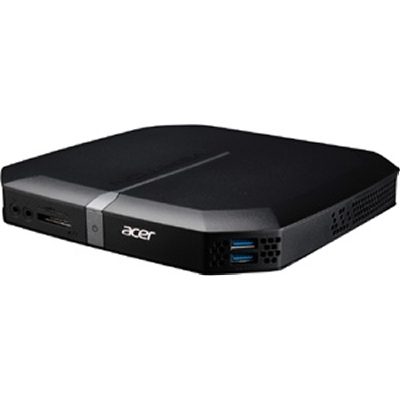I have another question: how would I go about making the Drive mounting script in that guide run at startup?
I just tried this and it worked:
Open a terminal. Note: I do pretty much everything from the command line. Yes there are other ways of doing what I'm about to describe but for creating single-line files I'd just as soon do it from the command line as fire up a text editor, type whatever, save the file, close the editor, open the file manager, navigate to the file, mark it executable, yada, yada...
Create a directory in your home directory called "bin":
Create a file called "gmount" with one line: the command which mounts the Google drive:
Code:
$ echo "google-drive-ocamlfuse ~/googledrive" >bin/gmount
This assumes you used "googledrive" for your mountpoint; I called mine Google.
Make the file executable:
While we're at it, let's create an unmount command:
Code:
$ echo "fusermount -u ~/googledrive" >bin/gumount
$ chmod +x bin/gumount
Now you can mount and umount the Google drive simply by typing "gmount" and "gumount".
Note that the directory $HOME/bin is automagically added to your search $PATH when you log in, if it exists.
Now let's automount this when you log in:
Go to Menu --> System Settings --> Startup Applications
Click on "Add"
Click on "Custom command"
Choose whatever name floats your boat for the Name field
Click the "Browse" button next to the Command field
Navigate to ~/bin or whatever directory you placed the gmount command in
Select gmount, then "Open"
Click "Add"
All set. Exit the system settings app, and reboot to test.
Tested on Linux Mint 18 "Sarah" with the Cinnamon desktop.
Edit: fixed typo

 ) commands to configure the video, and once we do that we'll try to automate the process at boot time.
) commands to configure the video, and once we do that we'll try to automate the process at boot time.

